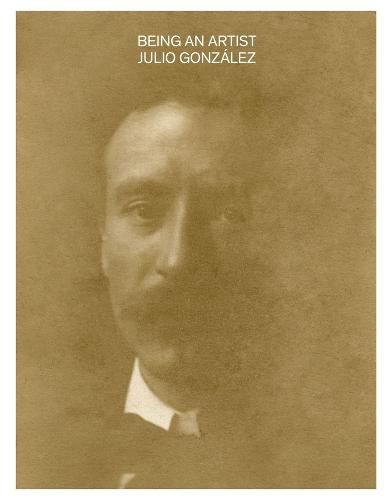Readings Newsletter
Become a Readings Member to make your shopping experience even easier.
Sign in or sign up for free!
You’re not far away from qualifying for FREE standard shipping within Australia
You’ve qualified for FREE standard shipping within Australia
The cart is loading…






A richly illustrated catalog, with biography, of artist Julio Gonzalez.
The sculptures of Julio Gonzalez (1876-1942) were shown at MoMA in 1956, and our understanding of his influence on modern art has grown steadily since. This lavishly illustrated book offers a new, highly nuanced account of Gonzalez's life, work, and legacy. Beginning with Gonzalez's complex family relationships, Juan Jose Lahuerta explores the tensions involved as Gonzalez sought to combine his craft with efforts to become a painter, as the Romantic, bohemian mentality of the late nineteenth century had idealized. Lahuerta also explores the importance of Gonzalez's relationships with Picasso and other contemporaries, which helps us understand how, in the 1930s, his naive artist's urge was replaced by a radical urge to make art that would break every taboo related to tradition, craft, and material.
The second section of the book offers a stunning presentation of the new exhibition of the Julio Gonzalez collection at the Institut Valencia d'Art Modern. The book will serve as a milestone in our understanding of Gonzalez's work and influence.
$9.00 standard shipping within Australia
FREE standard shipping within Australia for orders over $100.00
Express & International shipping calculated at checkout
A richly illustrated catalog, with biography, of artist Julio Gonzalez.
The sculptures of Julio Gonzalez (1876-1942) were shown at MoMA in 1956, and our understanding of his influence on modern art has grown steadily since. This lavishly illustrated book offers a new, highly nuanced account of Gonzalez's life, work, and legacy. Beginning with Gonzalez's complex family relationships, Juan Jose Lahuerta explores the tensions involved as Gonzalez sought to combine his craft with efforts to become a painter, as the Romantic, bohemian mentality of the late nineteenth century had idealized. Lahuerta also explores the importance of Gonzalez's relationships with Picasso and other contemporaries, which helps us understand how, in the 1930s, his naive artist's urge was replaced by a radical urge to make art that would break every taboo related to tradition, craft, and material.
The second section of the book offers a stunning presentation of the new exhibition of the Julio Gonzalez collection at the Institut Valencia d'Art Modern. The book will serve as a milestone in our understanding of Gonzalez's work and influence.